Back to Basics: Contemporary Art from the Frederick R. Weisman Art Foundation
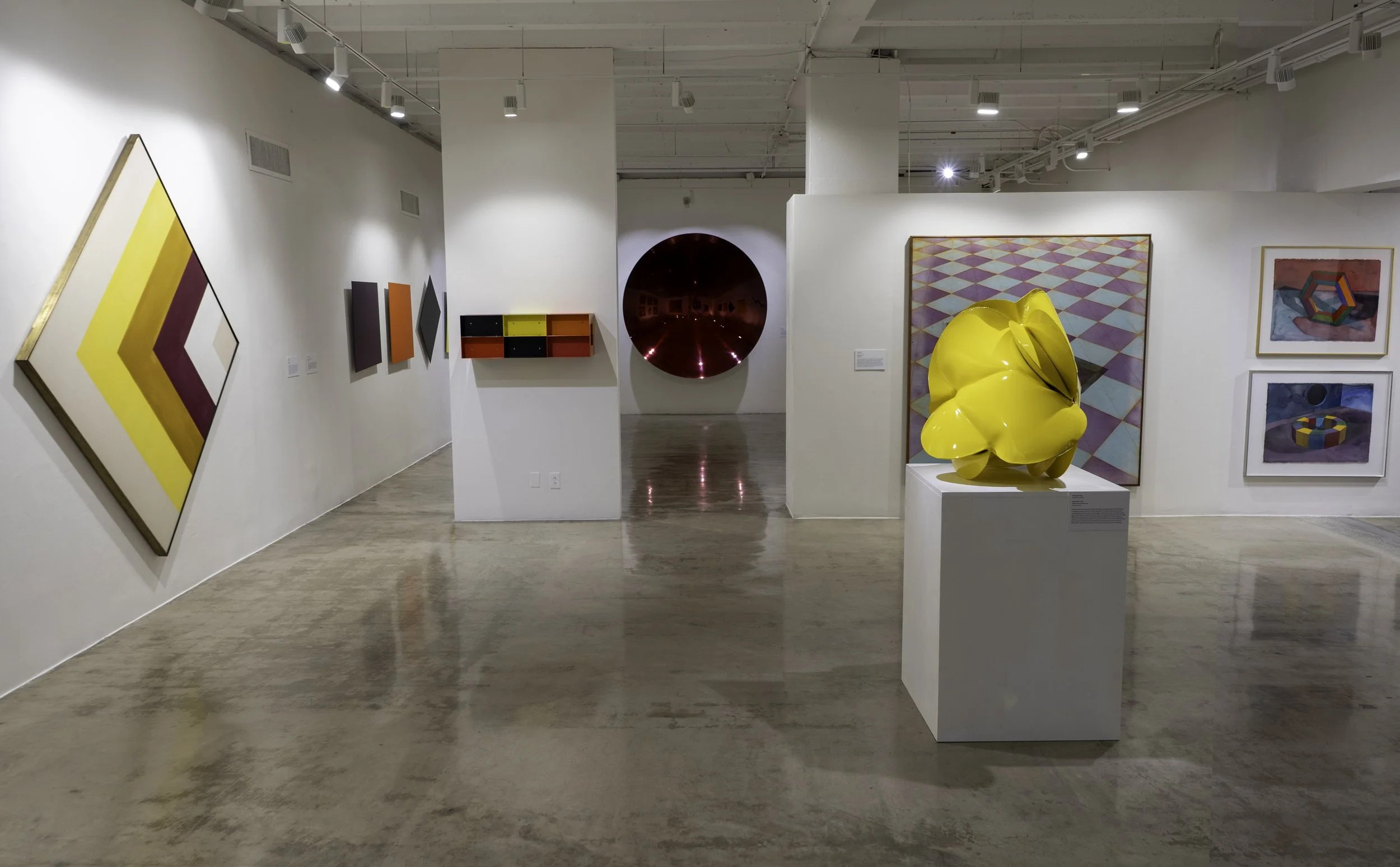
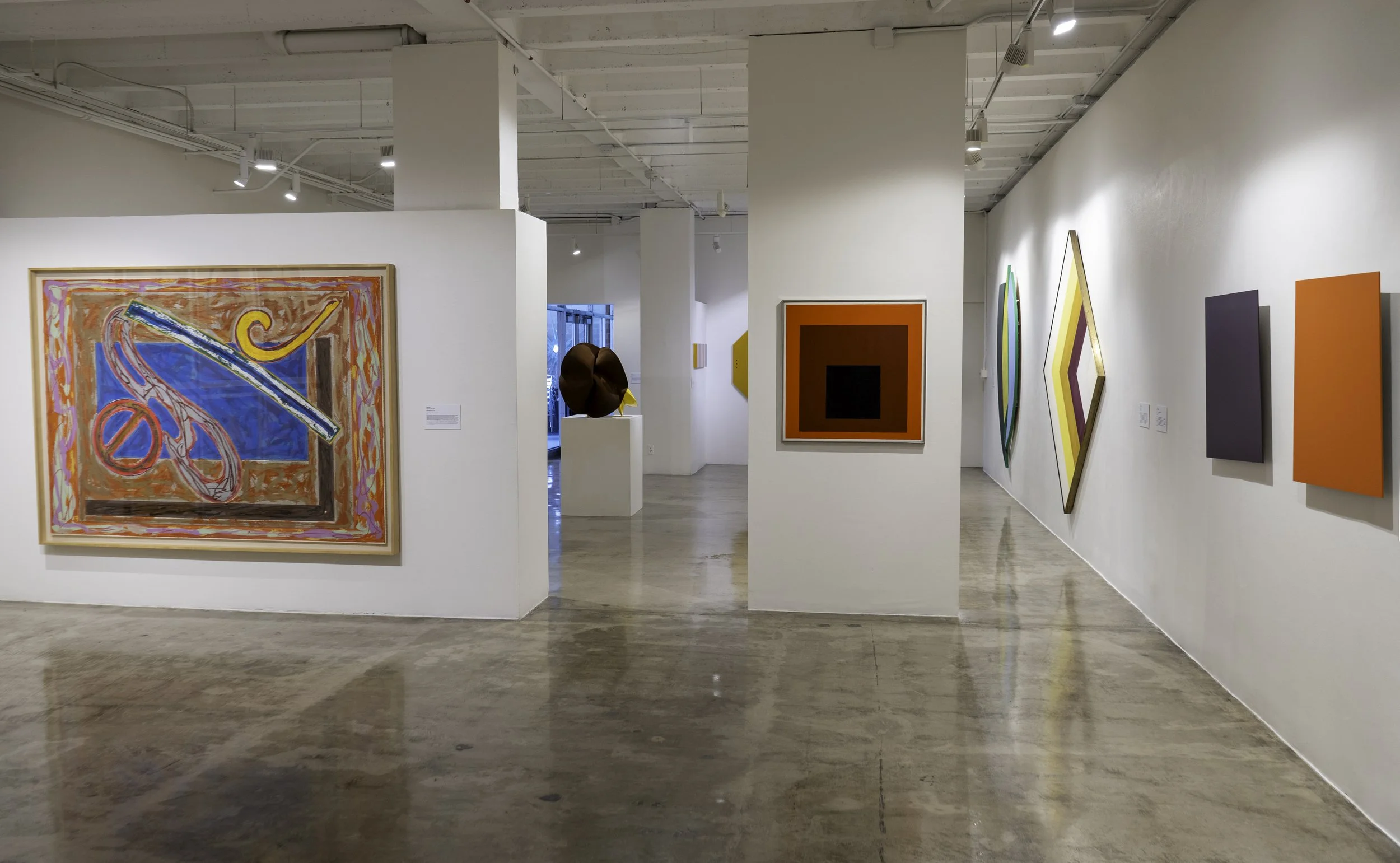
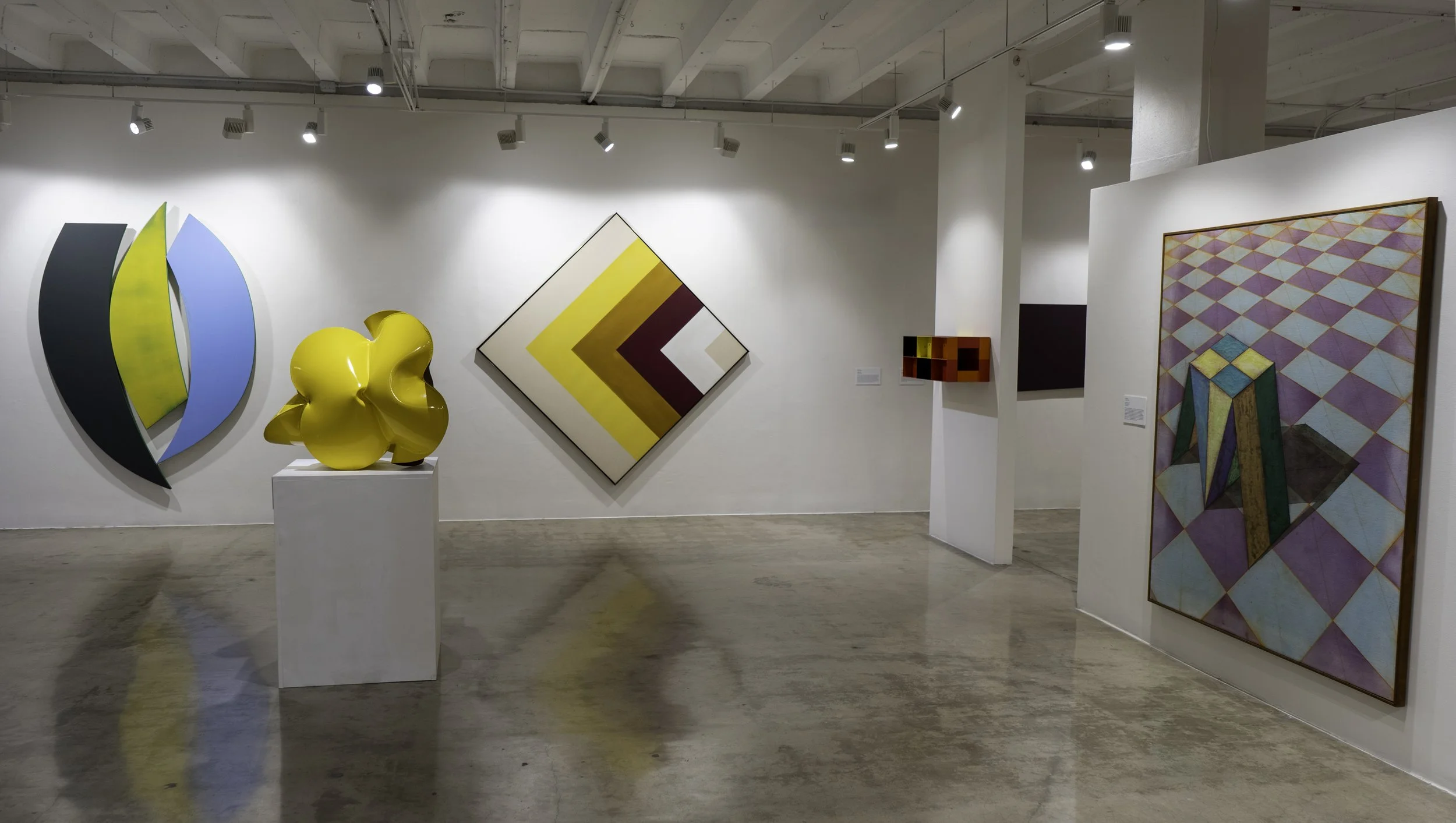

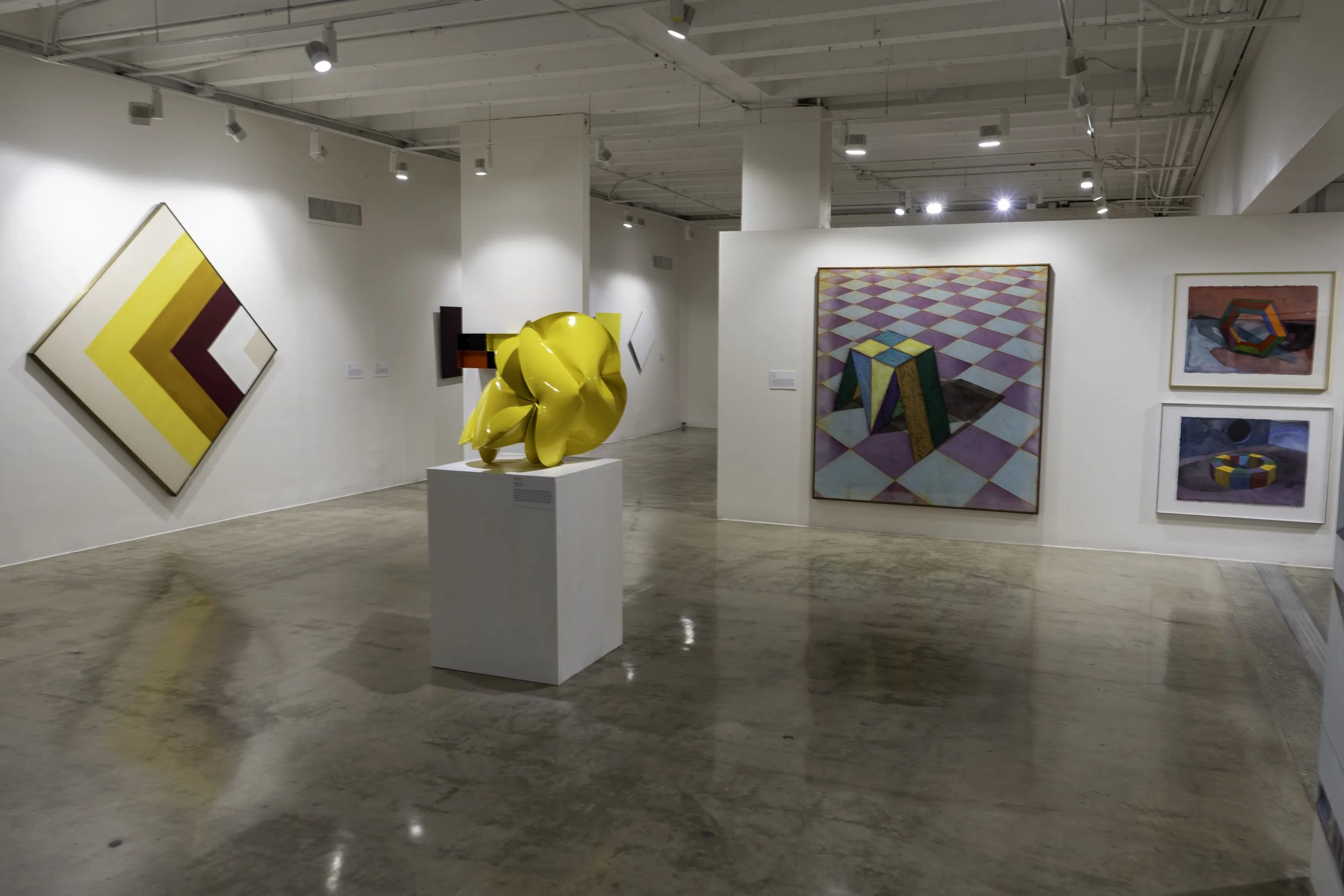
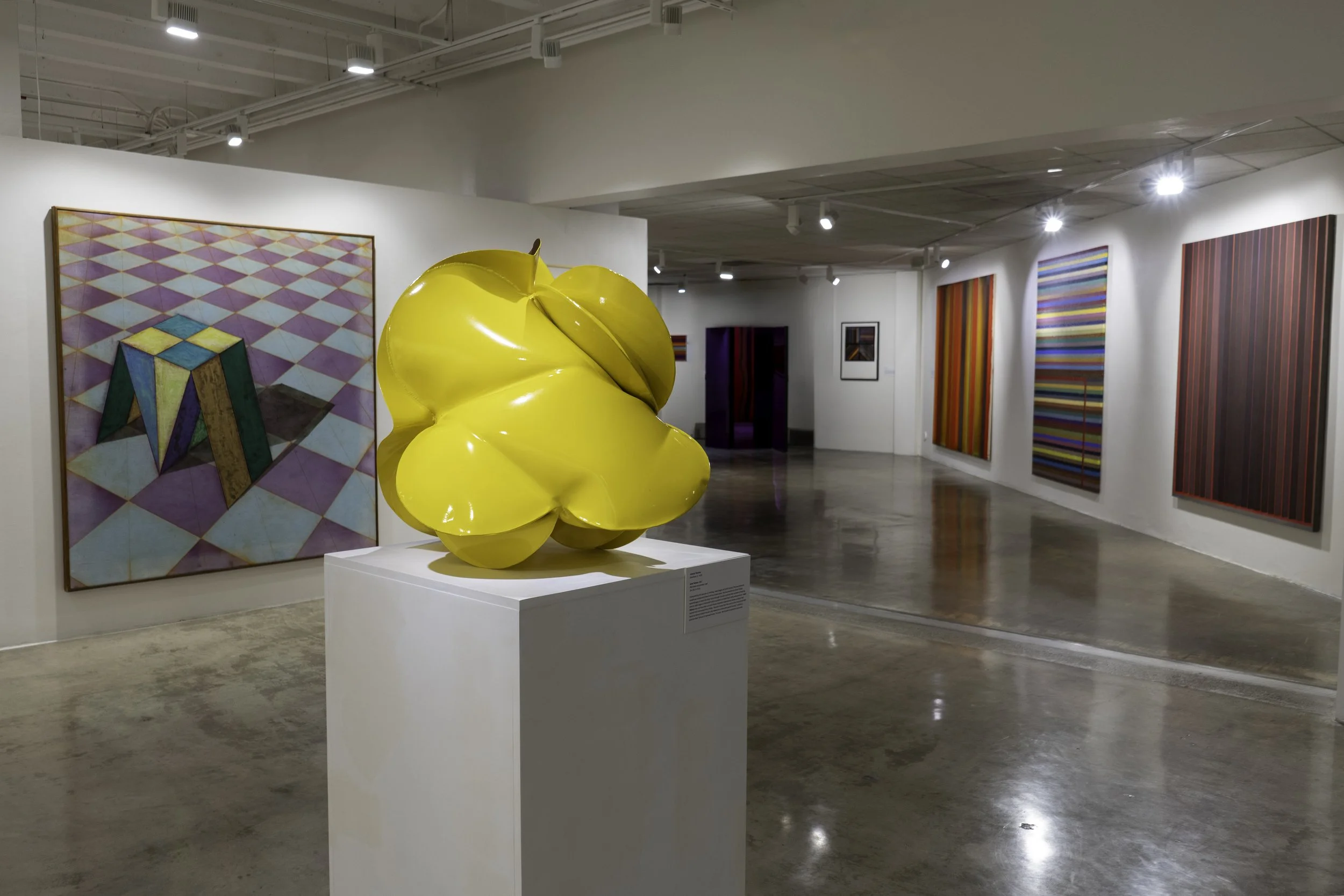
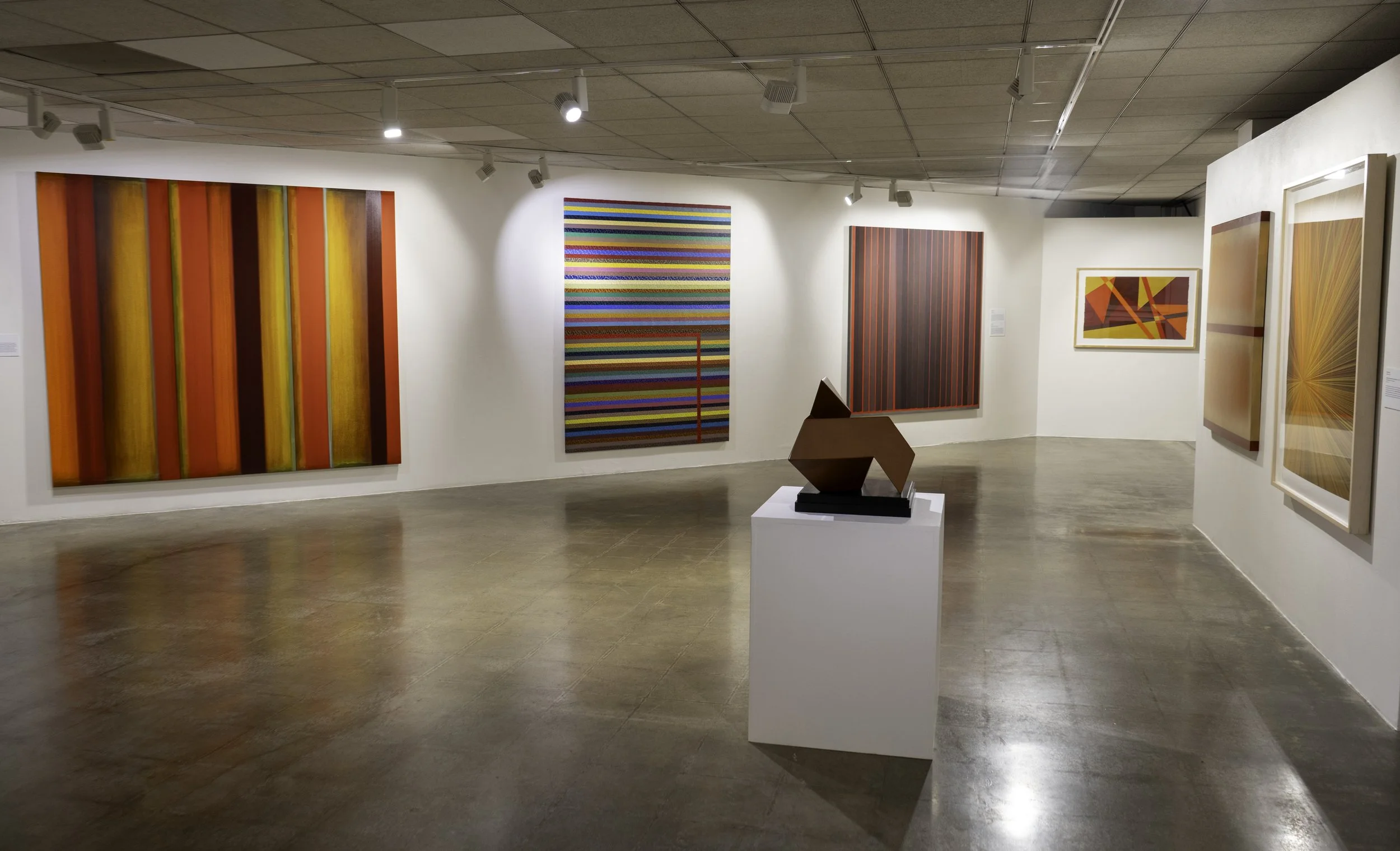

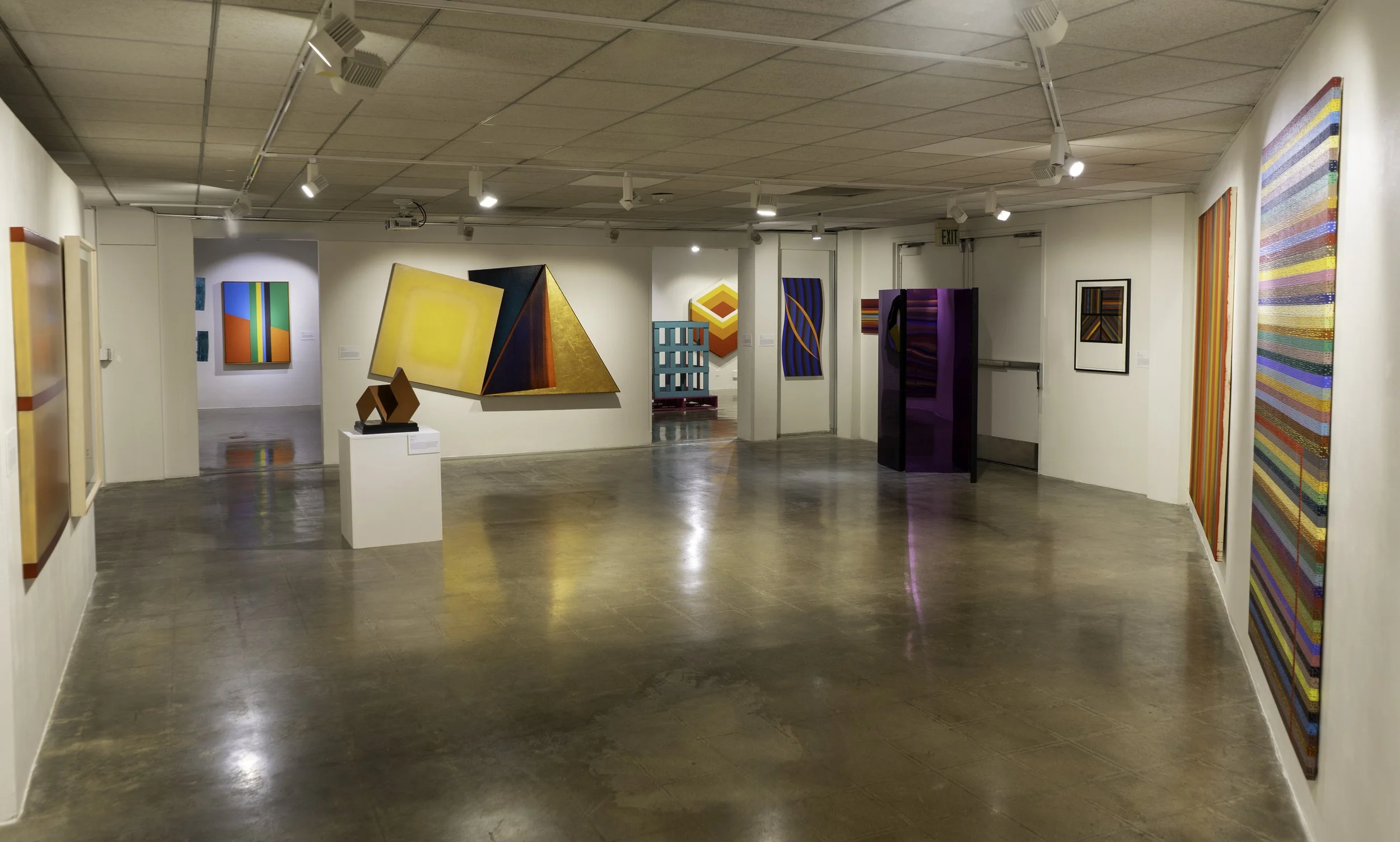
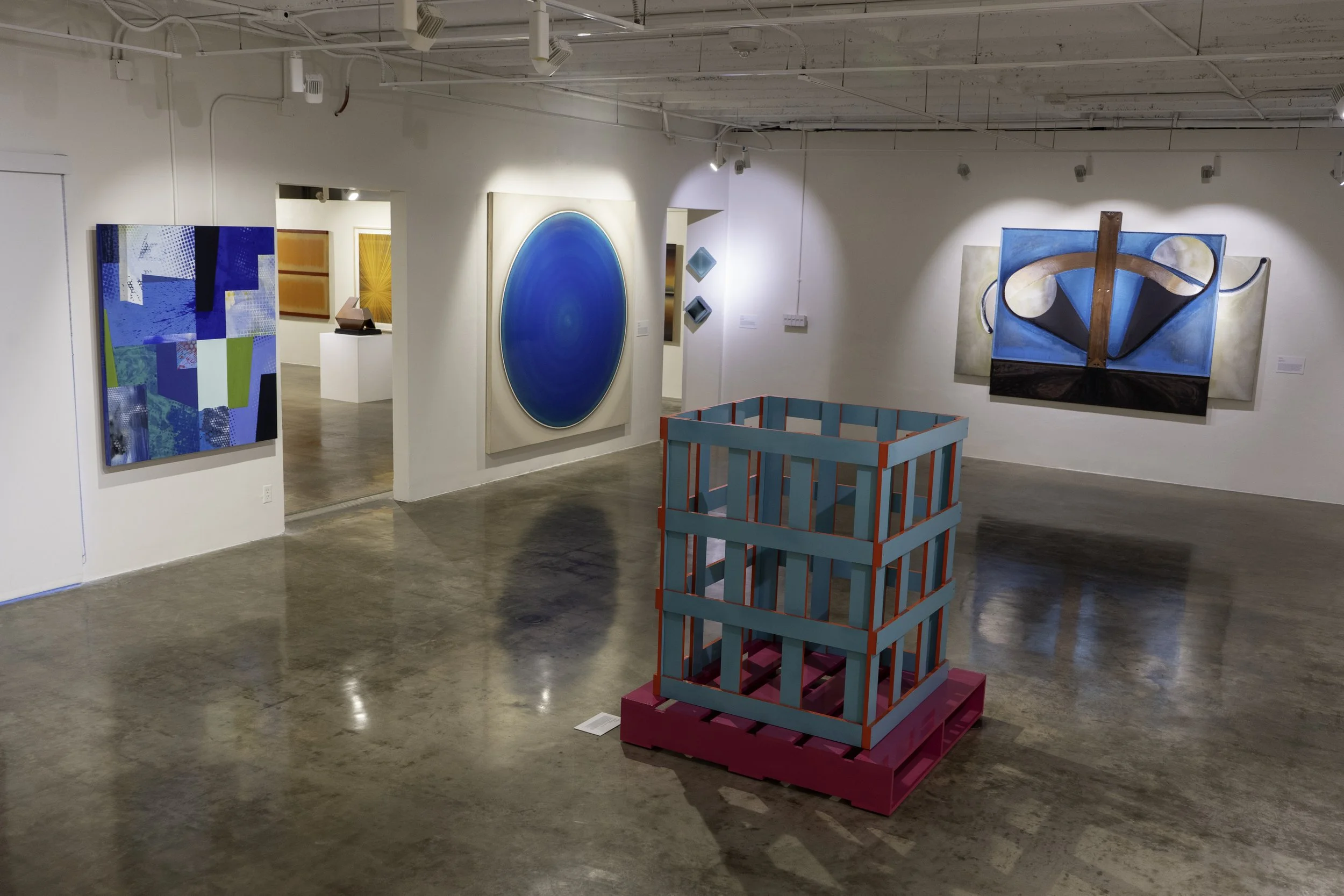

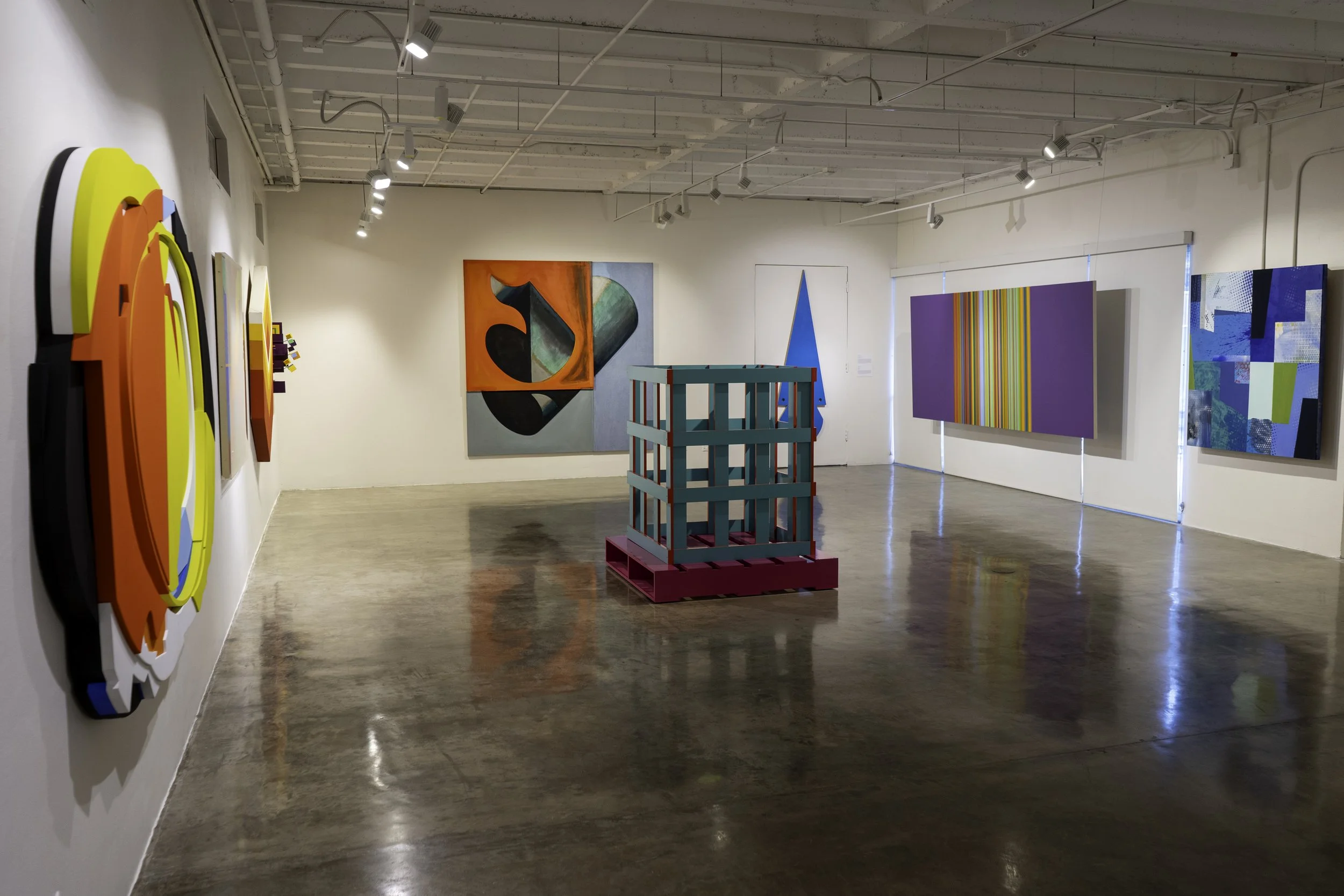
Date: May 28, 2024 – July 27, 2024
Opening Reception: Sunday, June 2, 2024 2:00 to 5:00 p.m.
Closing Reception: Saturday, July 27, 2024 12:00 to 5:00 p.m.
Curated By: Billie Milam Weisman
Venue: California State University Los Angeles, Ronald H. Silverman Fine Arts Gallery
5151 State University Drive, Los Angeles, CA, 90032
Hours: Monday – Friday, 12:00 p.m. to 5:00 p.m.
Back to Basics: Art from Frederick R Weisman Art Foundation - Opening Reception (youtube.com)
Exhibited Artists:
Jason Adkins, Josef Albers, Saradell Ard, Tim Bavington, Charles Biederman, Isaac Brest, Casper Brindle, Tom Burr, S. Byrne, Ronald Davis, Tim Ebner, Ned Evans, Paul Gadegaard, Betty Gold, Daniel Jackson, Donald Judd, Anish Kapoor, Ellsworth Kelly, Melissa Kretschmer, Sol Lewitt, Vladmir Llaguno, Joe Lloyd, Pard Morrison, Andy Moses, Kenneth Noland, John Pearson, Kevin Reinhardt, Michael Rey, Dorothea Rockburne, David Ryan, Robert Schaberl, Arthur Silverman, Frank Stella, Gary Stephan, Jeremy Thomas, Victor Vasarely.
Back to Basics: Contemporary Art from the Frederick R. Weisman Art Foundation
Back to Basics focuses on simple form and the use of color to impart meaning by featuring a diverse international roster of contemporary artists from the Frederick R. Weisman Art Foundation in Los Angeles. Through exploring the range of geometric abstraction from 1960s Colorfield painting, Hard-Edge, and Minimalism to the present, this exhibition considers how ‘less’ can be ‘more.’ The artists who pioneered geometric abstraction advanced a new way of seeing one based on basic forms, powerful shapes, and essential colors. Their goal was to reach something vital and fundamental in human experience. This goal is still being studied by the continuing work of the artist represented in Back to Basics.
This exhibition features 50 works of art ranging in date from 1947 to 2023. It includes works by the great names in postwar art- Josef Albers, Kenneth Nolan, Donald Judd, Sol LeWitt, and Ellsworth Kelly- and by a new, younger generation of artists- Anish Kapoor, Tim Bavington, and Isaac Brest, to name but a few. Other artists in the exhibition, such as Pard Morrison, Joe Lloyd, and Gary Stephan, use imprecise freehand strokes to create simple yet provocative explorations of form, color, and light. These works present over half a century of artists investigating the timeless power of simplicity.
Although the art is united by a central vocabulary of simple, geometric forms, the message and meaning of each work differs dramatically. Josef Albers, the German-born American artist and educator, was interested primarily in perception. He inspired generations of artists through his teaching first at the famed Bauhaus School in Germany, then at Black Mountain College, and finally at Yale University. He is represented by Homage to the Square: Upon Arrival, 1958. In this iconic series, he used a single format of three offset concentric squares to explore the subjective experience of color. His goal was to test how different pigments arranged side-by-side can produce radically different perceptual and psychological effects, such as the feeling of forms advancing or receding in space.
Ellsworth Kelly also used geometry to explore perception but did so in a different way. While an art student studying in Paris in the 1950s, he became captivated by fascinating abstract shapes he noticed on the streets, such as a shadow or the area defined by a partially opened door, Shapes such as these are ignored and overlooked by most people- became the basis of his refined and elegant Painted Wall Sculptures of 1982, a series of five brightly colored, eccentrically shaped panels. The artist credits his experience as a bird-watch as a child and as a camouflage artist during World War II as essential to influencing his visual sensibility.
While artists such as Albers and Kelly explored perception, the British-Indian sculptor Anish Kapoor was most interested in transcendence. Since the mid-1990s, he has worked with highly reflective surfaces of polished stainless steel. These sculptures are mirror-like, reflecting or distorting the viewer and surroundings. Perhaps the best-known of his sculptures in the United States is Cloud Gate, a monumental public sculpture in Chicago’s Millennium Park, resembling a giant mirrored bean. He is represented at the Weisman Foundation by Blood Mirror III, 2000. This mirrored, deep red bowl - which seems to be present and absent at the same time - offers a transcendental experience that combines the artist’s interests in both Western and Eastern culture.
Tim Bavington combines digital explorations with artistic expression. He bases his abstract paintings on contemporary music, often choosing rock-and-roll songs. Using a computer program, he translates notes into vertical bands of color. He then carefully paints his pattern of notes using an airbrush on his canvas. His paintings study the connection between the visual and the aural, using abstraction to cross into the realm of other sensory phenomena.
As the Bauhaus artist Paul Klee once said, “Art does not reproduce the visible; rather, it makes it visible.” The artists in this stunning exhibition show that geometry is a creative tool that can be used to explore the realms of ideas and perception, of seeing and knowing, while stripping away any sense of portraiture, landscape, or iconography to demonstrate that less can truly be more. Nothing is overworked: Back to Basics is the simple evolution of universal artistic sensibility through the essential exploration of color, medium, and space.
